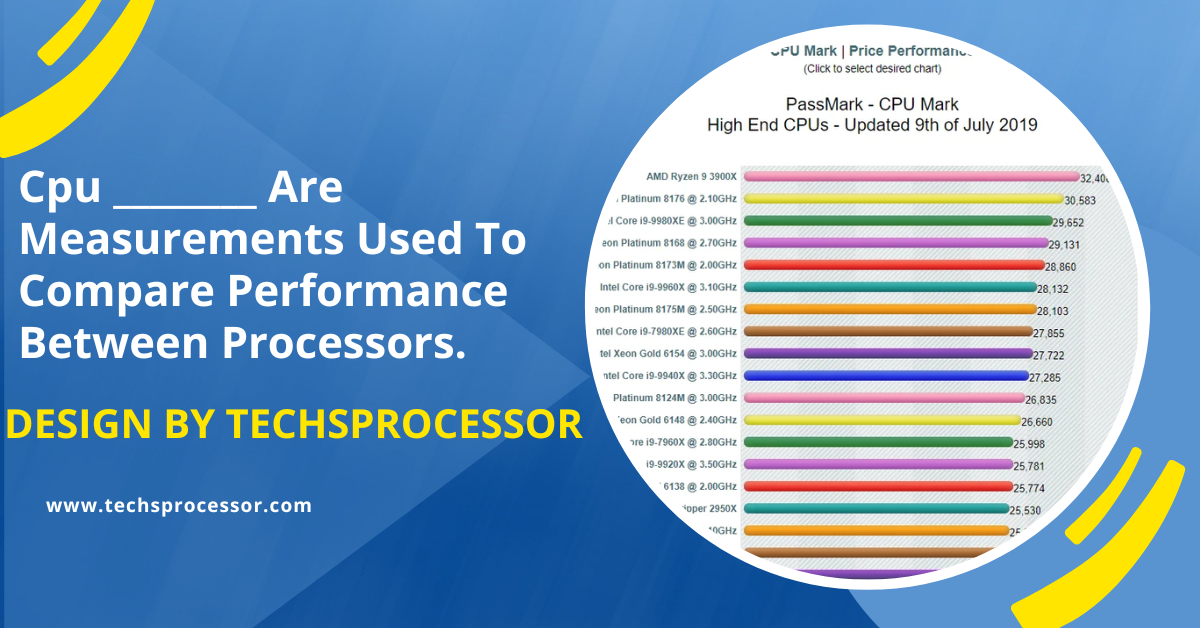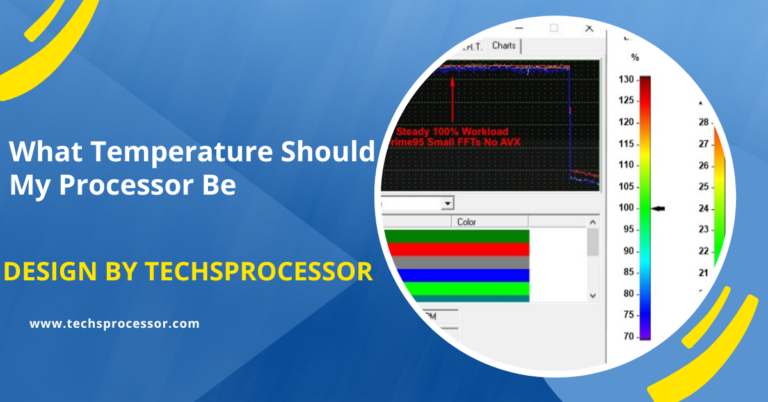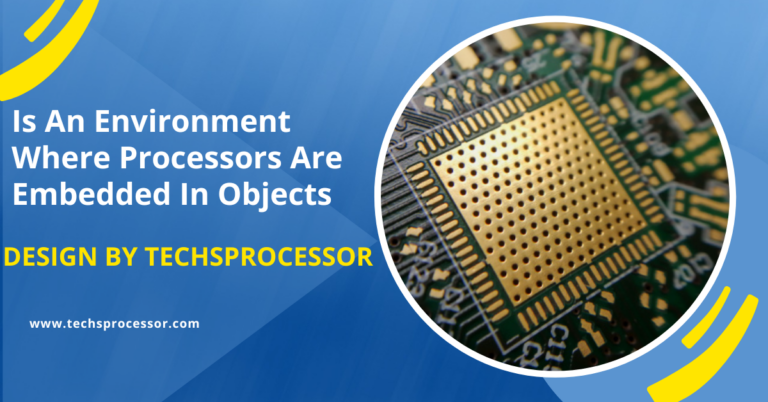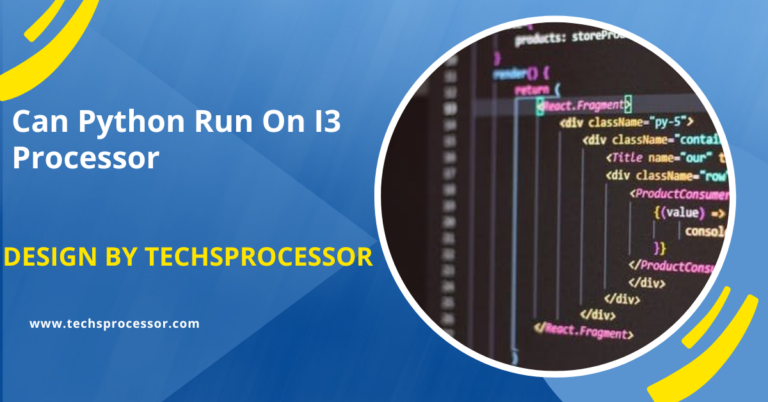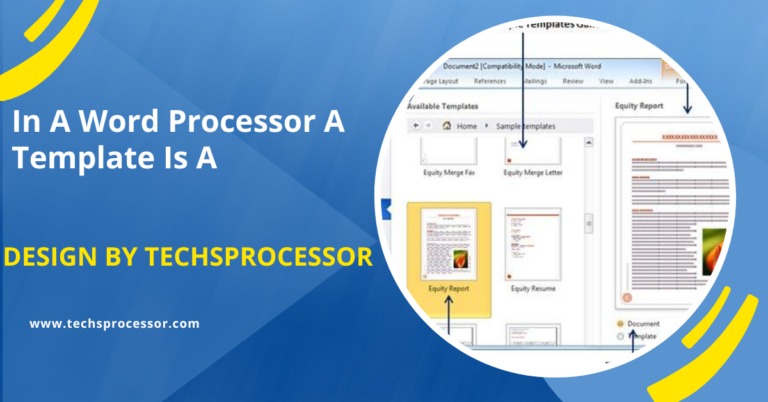Cpu ________ Are Measurements Used To Compare Performance Between Processors. – A Complete Overview!
CPU benchmarks are standardized tests used to measure and compare the performance of different processors, helping users make informed decisions about their computing needs.
In this article, we will delve into the world of CPU benchmarks, exploring what they are, how they work, and why they are essential for making informed decisions when selecting a processor.
What Are CPU Benchmarks?
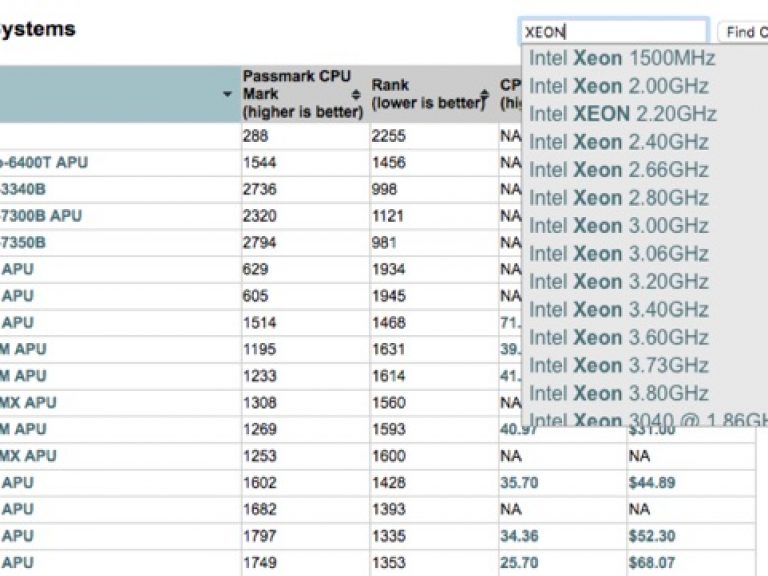
CPU benchmarks are standardized tests designed to measure the performance of a processor. These tests evaluate different aspects of a CPU’s capabilities, such as its speed, efficiency, and ability to handle various types of workloads.
The results of these tests are expressed in numerical scores or ratings, which can be used to compare the performance of different CPUs.
Types of CPU Benchmarks:
There are several types of CPU benchmarks, each focusing on different performance aspects. Here are some of the most common types:
Synthetic Benchmarks:
These tests are designed to simulate specific tasks or workloads to measure a CPU’s performance. Synthetic benchmarks often provide a broad overview of performance by stressing the CPU in ways that typical applications might not.
Examples include 3DMark for gaming performance, Cinebench for rendering tasks, and SiSoftware Sandra for a comprehensive suite of tests covering various aspects of CPU performance.
Real-World Benchmarks:
Real-world benchmarks measure CPU performance using actual software applications and tasks, such as video encoding, file compression, and web browsing.
These benchmarks offer practical insights into how a CPU will perform in everyday use. Examples include HandBrake for video encoding, WinRAR for file compression, and PCMark for a variety of everyday tasks.
Application Benchmarks:
These benchmarks focus on specific software applications to evaluate how well a CPU performs tasks related to that application.
Examples include Adobe Premiere Pro for video editing and AutoCAD for 3D modeling, which provide insights into how well a processor handles specific, often resource-intensive tasks.
Also Read: Do Sterile Processors Conduct Performance Tests On Instruments] – A Comprehensive Overview!
Multithreaded Benchmarks:
These tests assess a CPU’s ability to handle multiple threads simultaneously, which is crucial for multitasking and running multi-threaded applications.
Multithreaded benchmarks are particularly relevant for modern CPUs designed to perform well in highly parallel environments. Examples include Blender for rendering 3D scenes and 7-Zip for compression tasks.
Single-Threaded Benchmarks:
These benchmarks measure the performance of a single CPU core, providing insight into how well a CPU handles tasks that rely on single-thread performance.
Single-threaded performance remains important for many applications, especially older software and certain types of workloads. Examples include SuperPi for calculating the digits of Pi and Geekbench single-core tests.
How CPU Benchmarks Work:
CPU benchmarks work by running a series of tests that push the processor to its limits. These tests are designed to evaluate different aspects of the CPU’s performance, such as processing speed, efficiency, and multitasking capabilities. The results are then compiled into a score or rating, which can be compared with the scores of other CPUs.
Benchmarks typically consist of multiple components:
- Mathematical Calculations: Tests that involve performing complex mathematical operations.
- Data Compression: Tests that evaluate the speed and efficiency of compressing and decompressing files.
- Rendering: Tests that involve rendering 2D or 3D graphics.
- Media Encoding/Decoding: Tests that measure the speed of encoding and decoding audio or video files.
Importance of CPU Benchmarks:
CPU benchmarks are crucial for several reasons:
- Informed Decision Making: Benchmarks provide objective data that helps consumers make informed decisions when choosing a processor. Whether you’re building a new PC or upgrading an existing one, benchmarks can guide you in selecting the right CPU for your needs.
- Performance Comparison: Benchmarks allow for direct comparison between different processors, making it easier to understand the performance differences and choose the best option for your requirements.
- Identifying Bottlenecks: By analyzing benchmark results, you can identify potential performance bottlenecks in your system and make informed decisions about upgrades.
- Optimizing Performance: For professionals and enthusiasts, benchmarks help in optimizing system performance by selecting the best CPU for specific tasks and workloads.
Popular CPU Benchmark Tools:
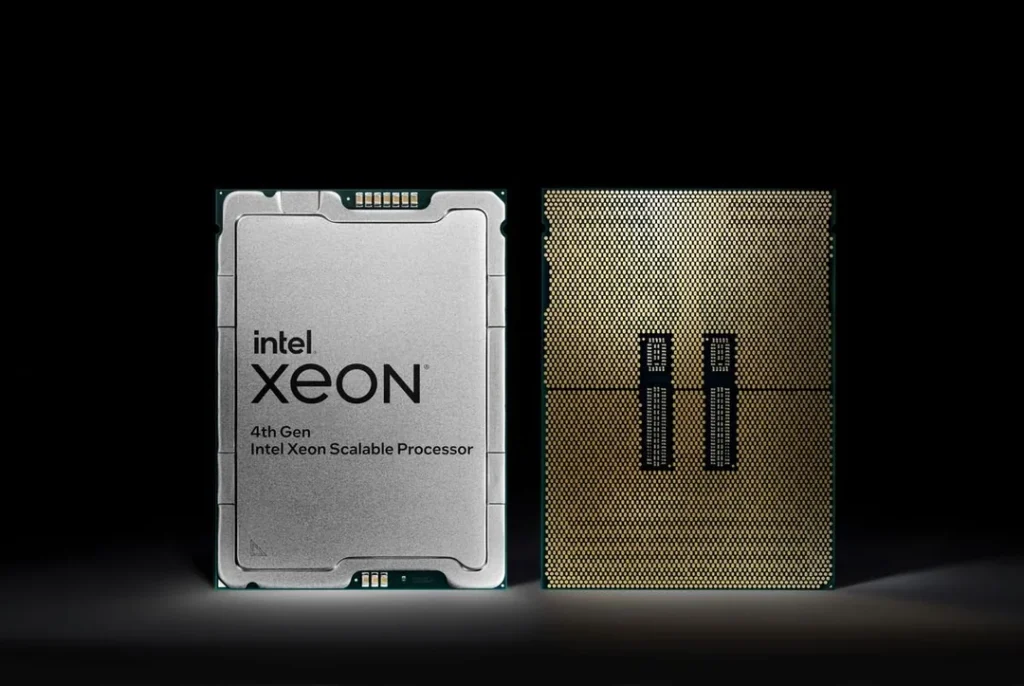
There are several popular tools used to benchmark CPUs. Some of the most widely used include:
- PassMark: Provides a comprehensive suite of tests for CPU, memory, disk, and graphics performance.
- Cinebench: Focuses on rendering performance using the CPU, providing both single-threaded and multi-threaded scores.
- Geekbench: Measures overall CPU performance across a variety of tasks, offering both single-core and multi-core scores.
- 3DMark: Primarily used for gaming benchmarks, evaluating both CPU and GPU performance.
- PCMark: Tests overall system performance, including CPU, storage, and memory.
Understanding Threads:
Threads are the smallest unit of processing that can be scheduled by an operating system. In a multithreading environment, a single core can manage multiple threads, effectively allowing it to handle more than one task at a time. This capability enhances the overall performance and responsiveness of the system.
Single Thread vs. Multi-thread:
- Single Thread: In single-threaded applications, tasks are processed sequentially. Each task must be completed before the next one begins, which can slow down performance if the application is processing large amounts of data.
- Multi-thread: In multi-threaded applications, tasks are divided into smaller threads that can be processed simultaneously. This parallel processing significantly speeds up task completion and improves overall system performance.
Multithreading and CPU Performance:
Modern CPUs often support multithreading technologies such as Simultaneous Multithreading (SMT) or Hyper-Threading (HT), which allow each core to handle multiple threads. Here’s how they work:
Native vs. Simultaneous Multithreading (SMT):
- Native Multithreading: In a basic processor without SMT, each core handles one thread at a time. Therefore, a native quad-core processor can manage up to four threads simultaneously, one per core.
- Simultaneous Multithreading (SMT): Technologies like Intel’s Hyper-Threading and AMD’s Simultaneous Multithreading allow each core to handle two threads simultaneously. This means that a quad-core processor with SMT can manage up to eight threads at once (2 threads per core x 4 cores).
How SMT Works:
- Resource Sharing: SMT enables a single core to share its resources, such as registers, execution units, and caches, between two threads. This sharing allows the core to switch between threads when one is waiting for data or instructions, thereby improving overall throughput.
- Reduced Idle Time: By handling two threads simultaneously, SMT reduces the idle time of the cores. This improvement leads to better utilization of the processor’s capabilities and increased performance, especially in multi-threaded applications.
Real-World Implications:
The real-world implications of a processor’s threading capabilities are significant:
Performance Benefits:
- Improved Multitasking: With the ability to handle more threads, quad-core processors with SMT can manage multiple applications and processes more efficiently, reducing lag and improving overall system performance. This improvement is particularly beneficial for users who run resource-intensive programs, such as video editing software, gaming applications, and virtual machines.
- Enhanced Performance for Multithreaded Applications: Applications designed to take advantage of multiple threads, such as video editing software, 3D rendering programs, and modern games, can see significant performance boosts. For example, rendering a 3D animation or encoding a video can be completed much faster on a multi-threaded processor, saving time and improving productivity.
- Better Handling of Background Processes: Operating systems and applications often run numerous background processes, such as updates, backups, and antivirus scans. A quad-core processor with SMT can handle these background tasks more effectively without impacting the performance of foreground applications.
Limitations:
- Software Dependency: The benefits of multithreading depend on whether the software is designed to utilize multiple threads. Not all applications are optimized for multithreading, meaning they might not fully utilize the processor’s capabilities. For instance, some older programs or simple applications may not see significant performance improvements on a multi-threaded processor.
- Thermal and Power Considerations: More threads can lead to increased power consumption and heat generation. Ensuring adequate cooling and power supply is essential to maintain optimal performance and prevent thermal throttling. Users must ensure their systems have efficient cooling solutions and sufficient power supply to handle the increased demands.
- Diminishing Returns: There are diminishing returns to adding more threads. After a certain point, additional threads provide minimal performance benefits due to the overhead of managing them. For example, beyond a certain number of threads, the performance gains from additional threads may be outweighed by the complexity and overhead of managing those threads.
How to Check Your Processor’s Capabilities:
To determine how many threads your processor can handle, you can:
- Check the Manufacturer’s Specifications: Refer to the product details provided by Intel, AMD, or other manufacturers to see if your processor supports SMT or Hyper-Threading. These specifications typically include the number of cores, threads, base clock speed, turbo boost capabilities, and other relevant information.
- Use System Information Tools: Software tools like CPU-Z, Task Manager (Windows), or System Information (macOS) can provide details on your processor’s core and thread count. These tools display real-time information about your processor’s performance, including the number of active threads and core utilization.
Using Task Manager (Windows)
- Open Task Manager: Press Ctrl + Shift + Esc to open Task Manager.
- Navigate to the Performance Tab: Click on the Performance tab to see detailed information about your CPU.
- View Logical Processors: Under the CPU section, you can see the number of logical processors, which corresponds to the number of threads your processor can handle.
Using Activity Monitor (macOS)
- Open Activity Monitor: Go to Applications > Utilities > Activity Monitor.
- Navigate to the CPU Tab: Click on the CPU tab to view CPU usage and information.
- View Threads: The Activity Monitor shows the number of threads currently in use and the overall CPU utilization.
FAQ’s
1. What are CPU benchmarks?
CPU benchmarks are standardized tests designed to measure the performance of a processor in various tasks, such as speed, efficiency, and multitasking capabilities.
2. Why are CPU benchmarks important?
CPU benchmarks are essential for making informed decisions when selecting a processor, as they provide objective data to compare different CPUs’ performance.
3. What types of CPU benchmarks are there?
Common types include synthetic benchmarks, real-world benchmarks, application benchmarks, multithreaded benchmarks, and single-threaded benchmarks.
4. How do CPU benchmarks work?
CPU benchmarks work by running a series of tests that evaluate different aspects of the CPU’s performance, compiling the results into scores that can be compared with other CPUs.
5. What tools can I use to benchmark my CPU?
Popular tools for benchmarking CPUs include PassMark, Cinebench, Geekbench, 3DMark, and PCMark.
Conclusion
Understanding CPU benchmarks and threading capabilities is crucial for optimizing performance and making informed decisions about your computing needs. Benchmarks provide standardized measurements for comparing processors, ensuring efficient operation for various tasks.
